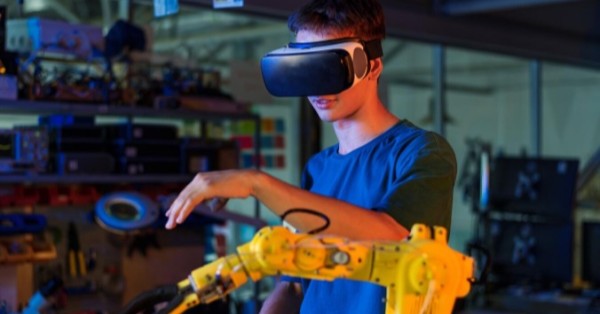Fujitsu and AMD Join Forces to Build Sustainable AI and HPC Platforms
Fujitsu and AMD have signed a memorandum of understanding (MOU) to forge a strategic partnership focused on creating advanced computing platforms for artificial intelligence (AI) and high-performance computing (HPC). This collaboration will span technology development and commercialization, aiming to deliver open-source, energy-efficient solutions with powerful processors and flexible AI/HPC software. The goal is to accelerate open-source initiatives in AI and HPC.
As AI applications, including generative AI, rapidly expand, cloud providers and end-users are increasingly looking for optimized architectures that balance performance with cost and power efficiency. AMD supports an open ecosystem that emphasizes customer choice. Fujitsu’s own next-generation Arm-based processor, FUJITSU-MONAKA, is designed to combine high performance with low power usage. When paired with AMD Instinct™ accelerators, customers gain a scalable option for managing large AI workloads while potentially lowering data center operational costs.
Key Focus Areas of the Fujitsu-AMD Partnership: Engineering, Ecosystems, and Market Growth
The partnership will focus on three main areas: engineering, ecosystem development, and business. Leveraging Fujitsu’s supercomputing expertise and advanced CPU technology alongside AMD’s industry-leading GPU capabilities, the two companies will jointly develop innovative AI and HPC platforms by 2027.
Using AMD’s ROCm™ software—a robust, open-source AI/HPC software stack for GPUs—and Fujitsu’s FUJITSU-MONAKA software for Arm-based platforms, both companies will deepen their collaboration within the open-source community. Together, they aim to enhance open-source AI software optimized for their computing platforms, expanding the broader ecosystem to support AI innovations.
Fujitsu and AMD Collaborate on Marketing and Global Expansion
Fujitsu and AMD also plan to collaborate on global marketing and customer co-creation to promote these new AI computing platforms. By building on FUJITSU-MONAKA and AMD Instinct accelerators, they will expand AI use cases and support societal AI adoption through a sustainable, open AI/HPC platform ecosystem, which will include a joint customer center.
Through this collaboration, Fujitsu and AMD are bringing together leading-edge technologies to advance open-source AI efforts and provide more sustainable hardware and software solutions that benefit a wide range of industries.
Vivek Mahajan, Corporate Vice President, CTO, CPO, Fujitsu Limited, comments
“Through this strategic partnership with AMD, Fujitsu seeks to accelerate open-source AI initiatives with a shared vision of achieving sustainable computing platforms. By combining AMD’s innovative GPU technology with Fujitsu’s low-power/high-performance processor FUJITSU-MONAKA, we seek to create an environment in which more companies will be able to utilize AI while reducing the power consumed by data centers. I believe that this partnership is an important step forward in accelerating Fujitsu’s efforts to achieve a sustainable society.”
Phil Guido, EVP, Executive Vice President and Chief Commercial Officer, AMD comments
“By combining our cutting-edge AMD Instinct™ accelerators with Fujitsu’s advanced low-power processors, we are positioned to deliver high-performance and energy-efficient solutions that will benefit our joint AI and HPC customers. Our strategic partnership with Fujitsu not only underscores our commitment to innovation but also highlights our dedication to Japan, where we recognize the importance of local partnerships and expertise. As we continue to expand our relationships in Japan, we are excited about the opportunities to create a more sustainable computing infrastructure that aligns with Japan’s technological leadership and commitment to sustainability.”






























